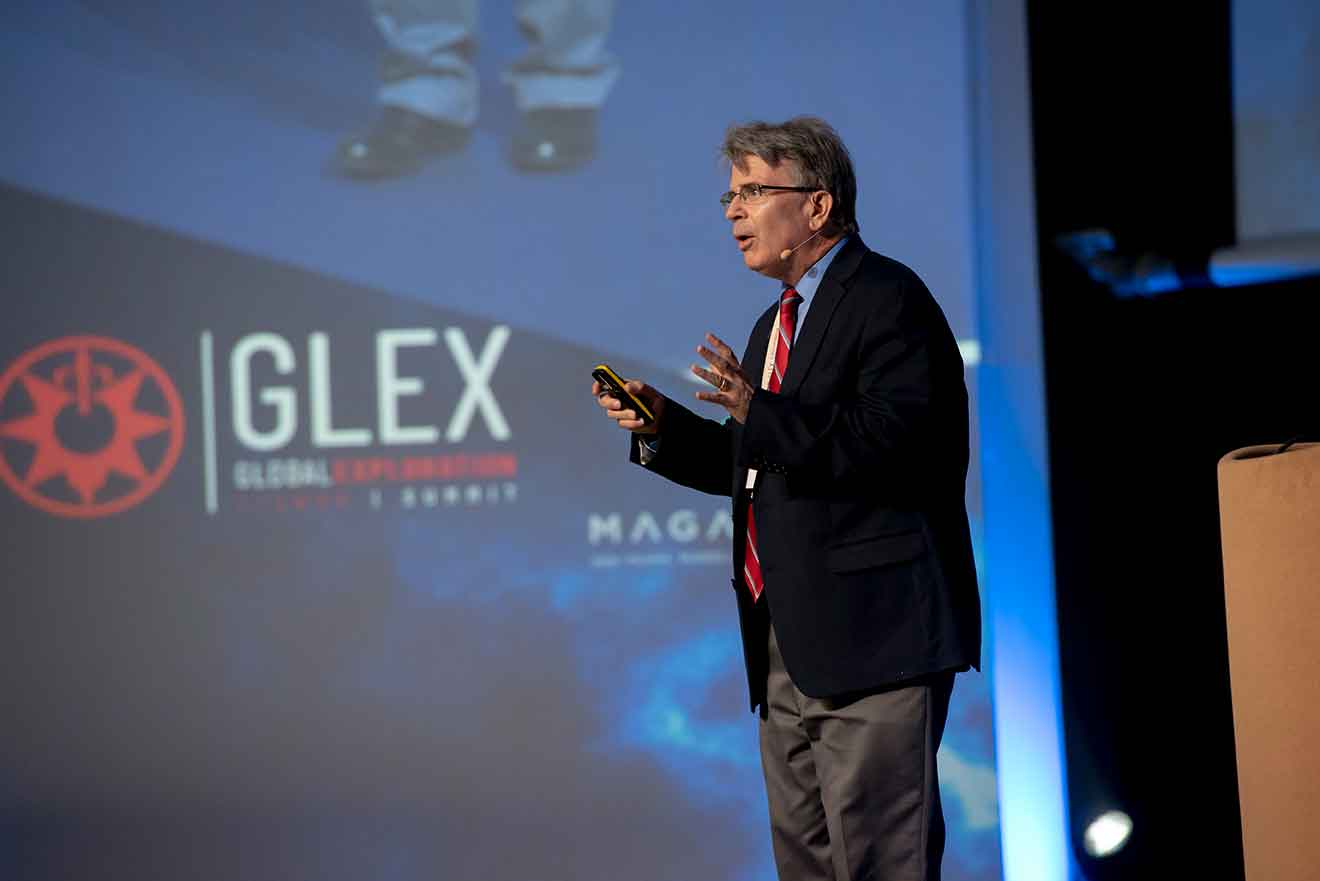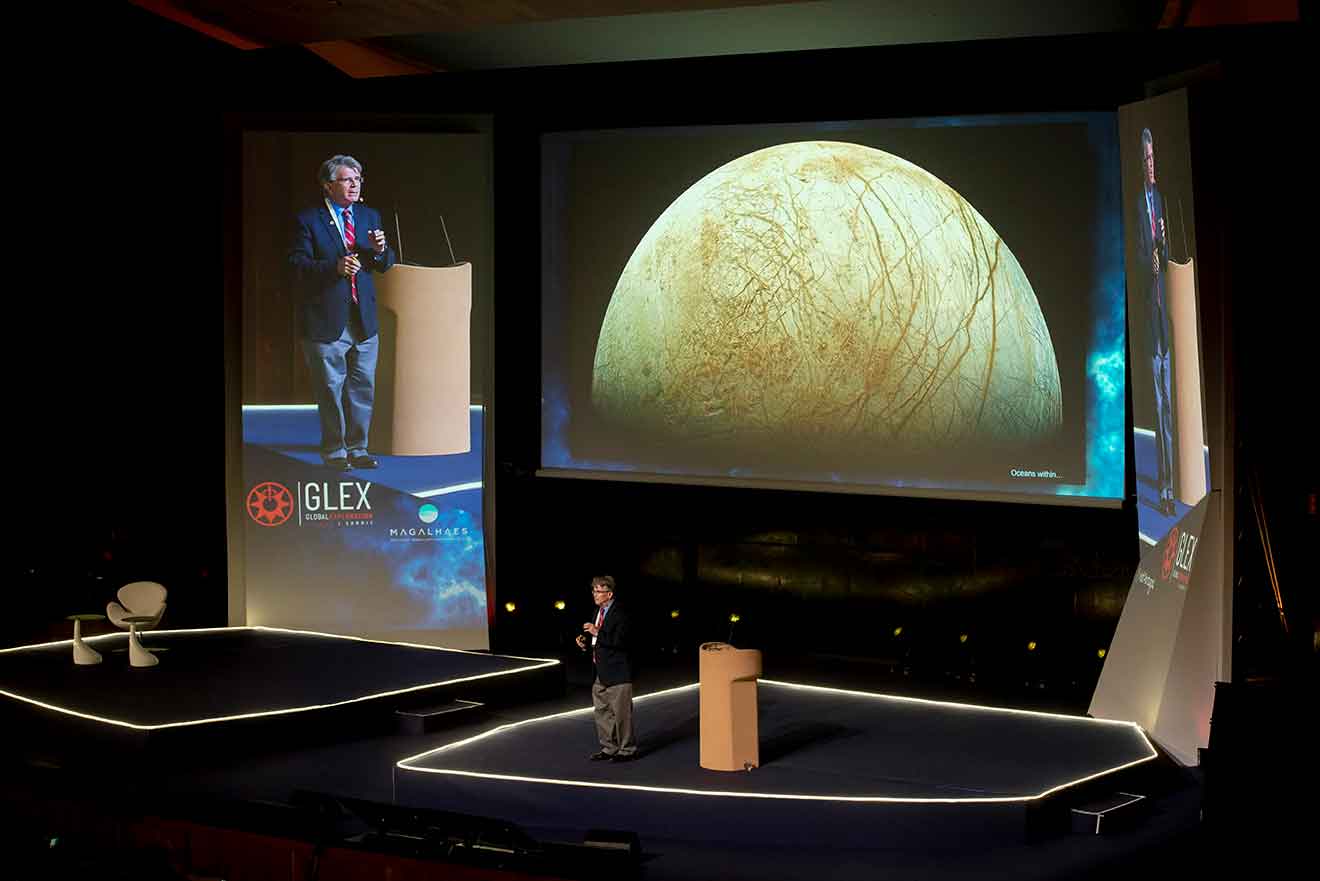James Garvin
NASA's Goddard Space Flight Center Chief Scientist
Dr. James B. Garvin is the NASA's Goddard Space Flight Center Chief Scientist, and a veteran Earth and
planetary scientist within NASA in a career that has spanned more than 30 years. Garvin served as the
NASA Chief Scientist, and as the chief scientist for Mars exploration from 2000 until 2004 and spearheaded
the development of the scientific strategy that led NASA to select such missions as the Mars Exploration
Rovers, the Mars Reconnaissance Orbiter, the Phoenix polar lander, and the Mars Science Laboratory. He
received two NASA Outstanding Leadership Medals for his work with the science behind the Mars Exploration
Program. He is also the recipient of two Presidential Rank Awards for his contributions to science at NASA.
Dr. Garvin's scientific expertise spans several elements of Earth and Planetary sciences. He has been an active
co-investigator on the Canadian Space Agency's RADARSAT missions, using the SAR images from this mission to
document the 1996 catastrophic outburst flood in Iceland and the landscape dynamics on newly-formed oceanic
islands. His scientific expertise includes the geology and geophysics of impact craters, the geomorphology of
oceanic islands, and the geometric properties of sedimentary systems on Mars, Venus, and the Moon. Dr. Garvin
recently led a team of scientists who are using the Hubble Space Telescope to explore the lunar surface at
ultraviolet wavelengths.









